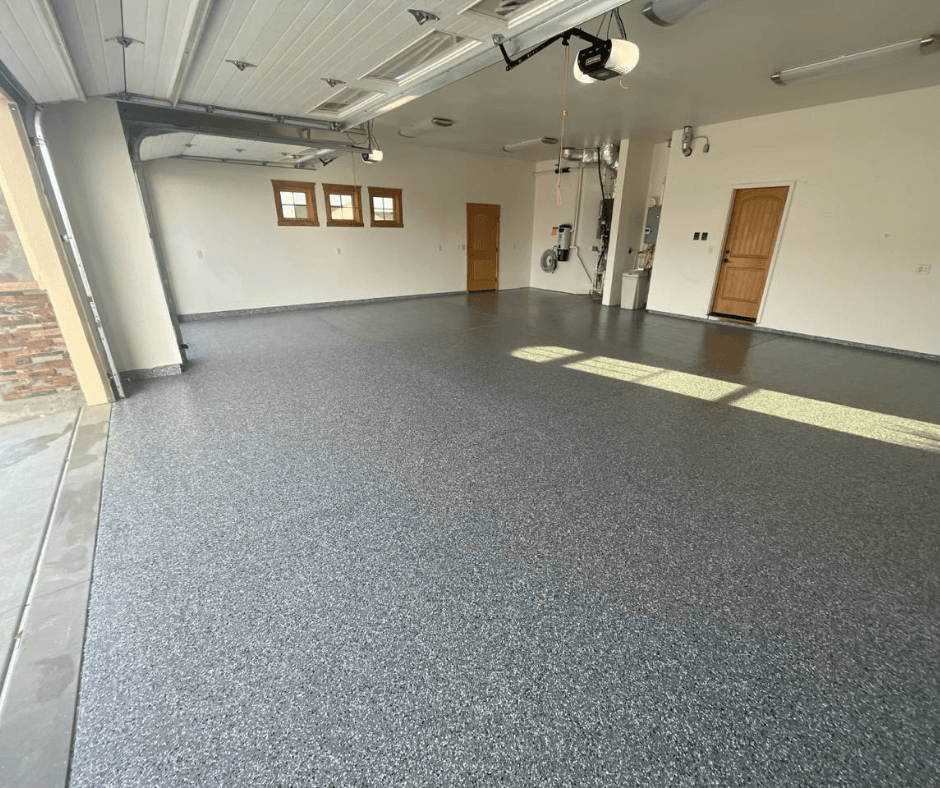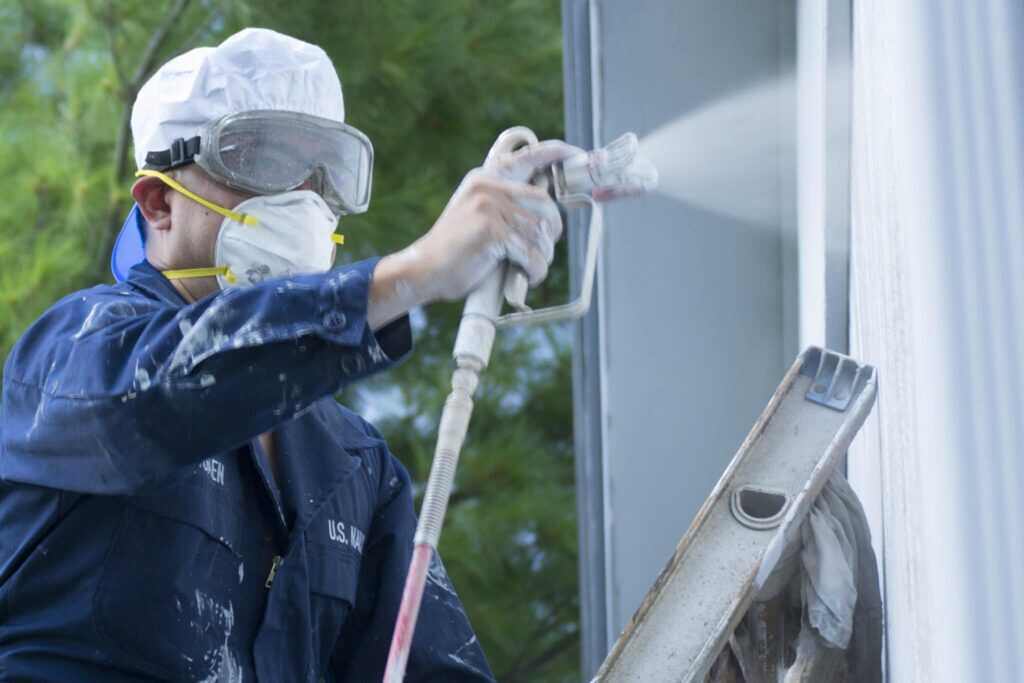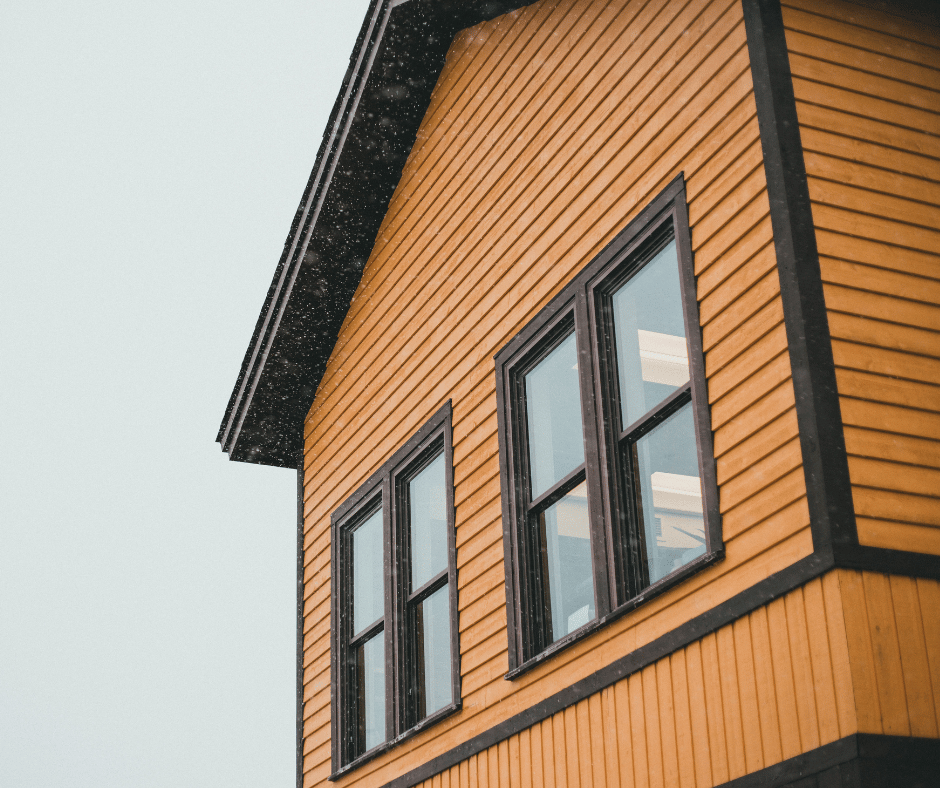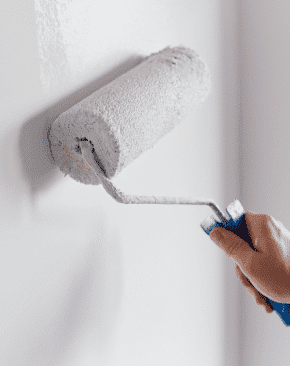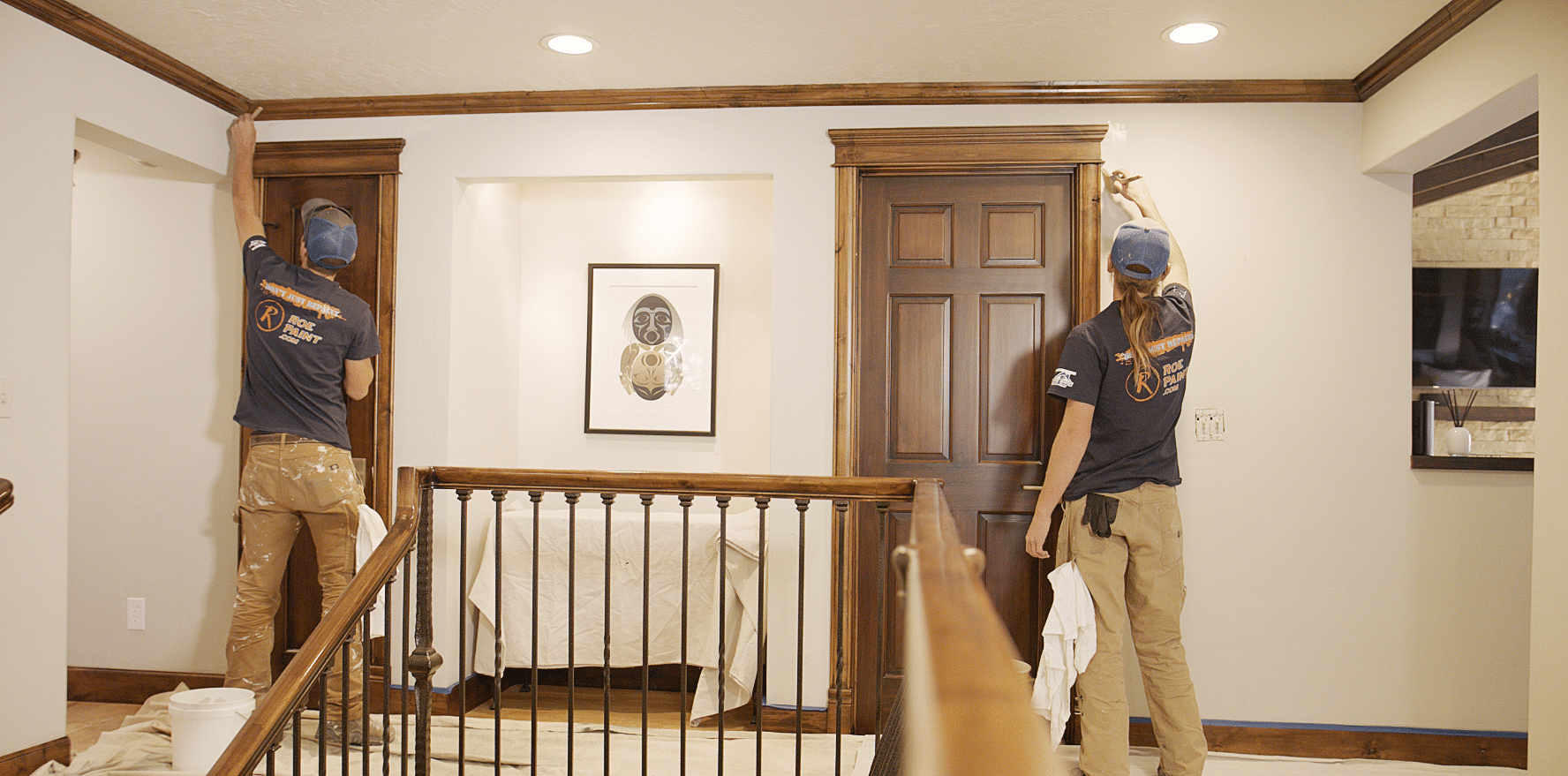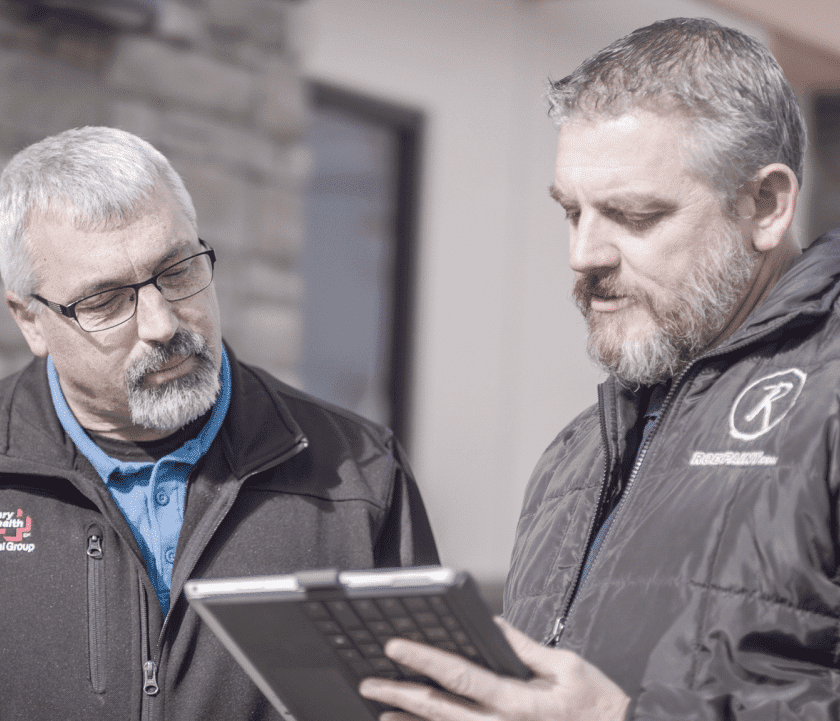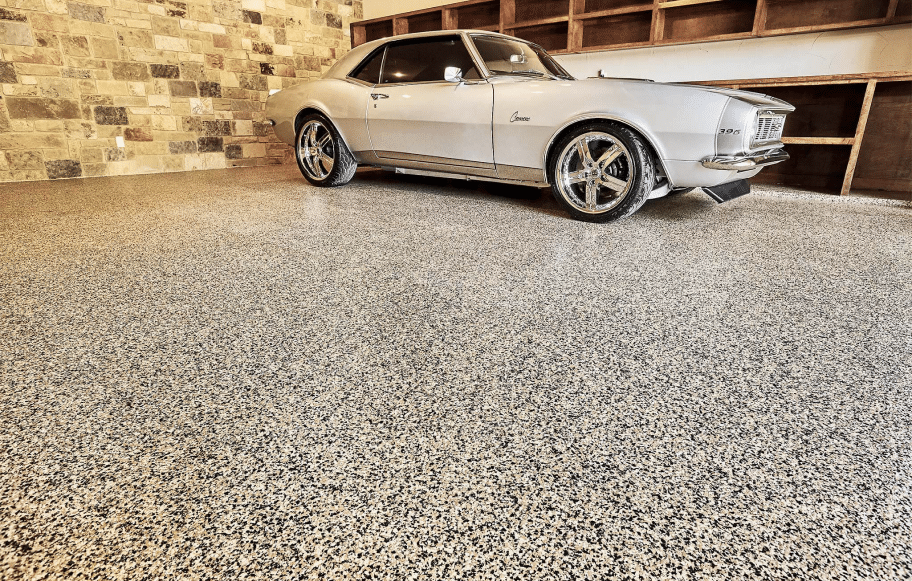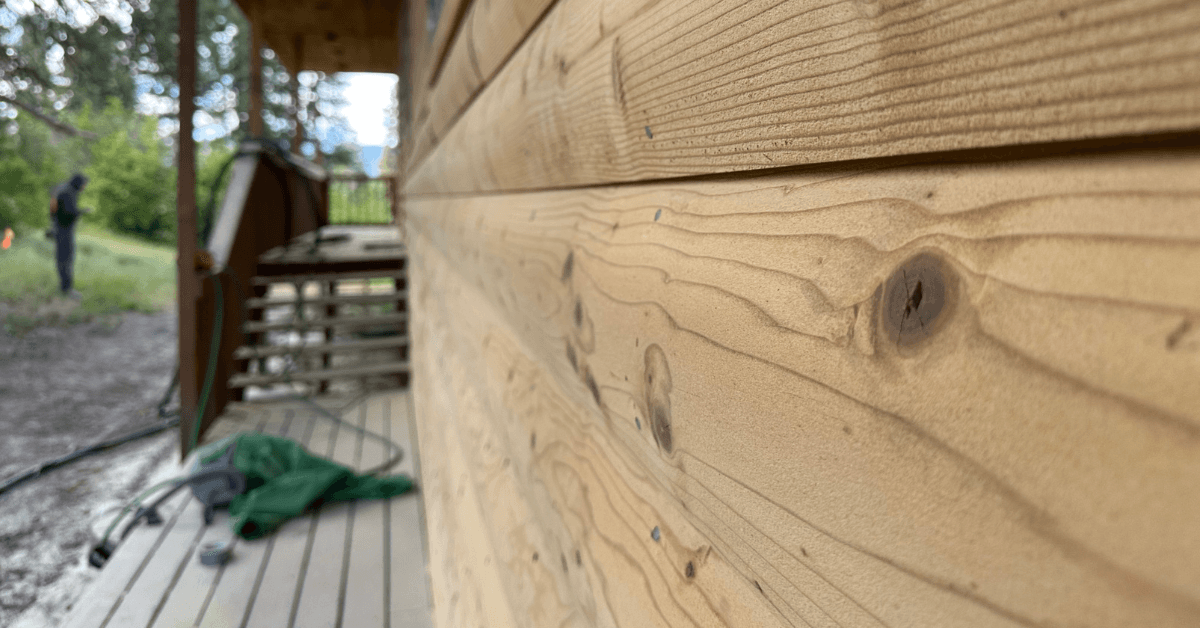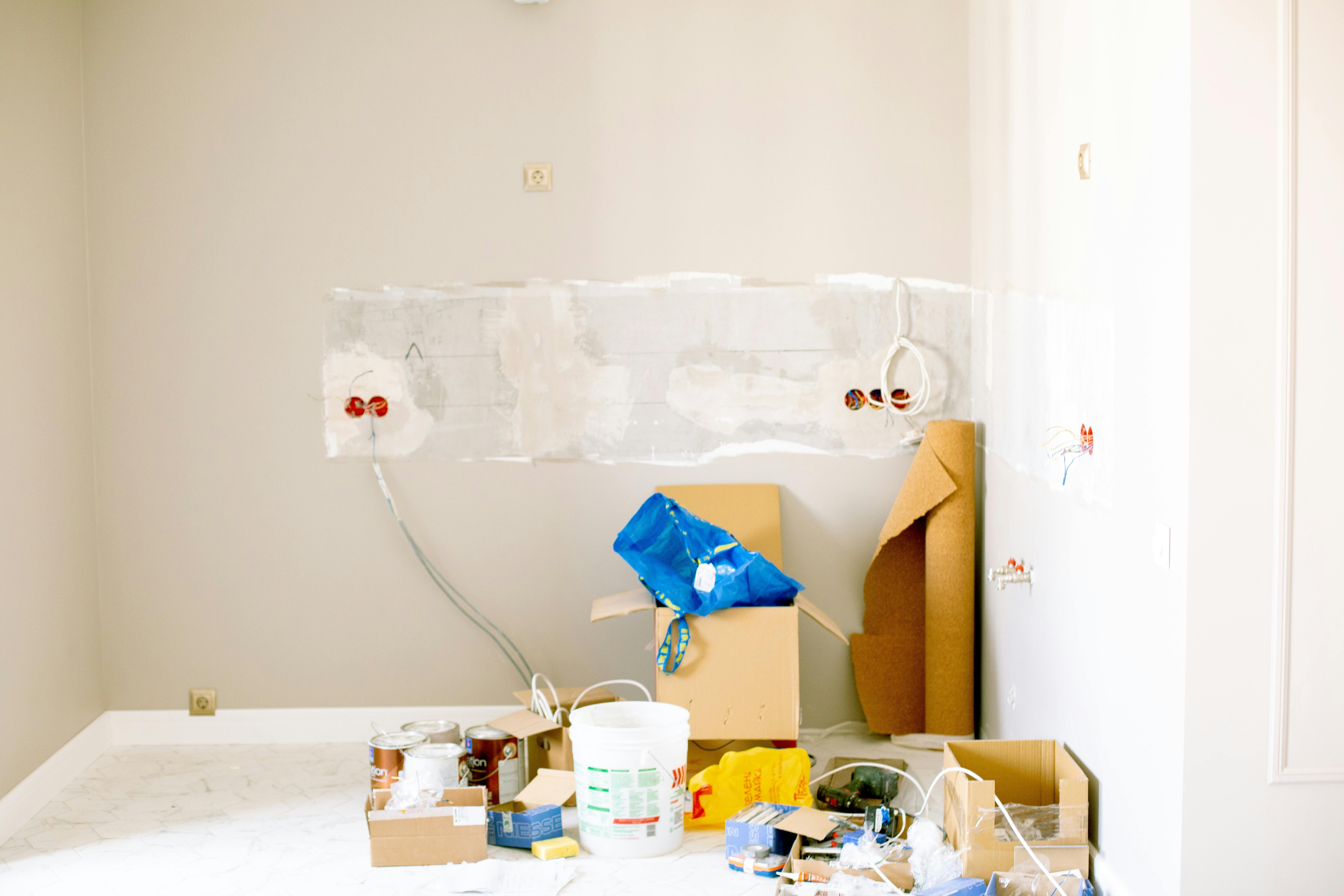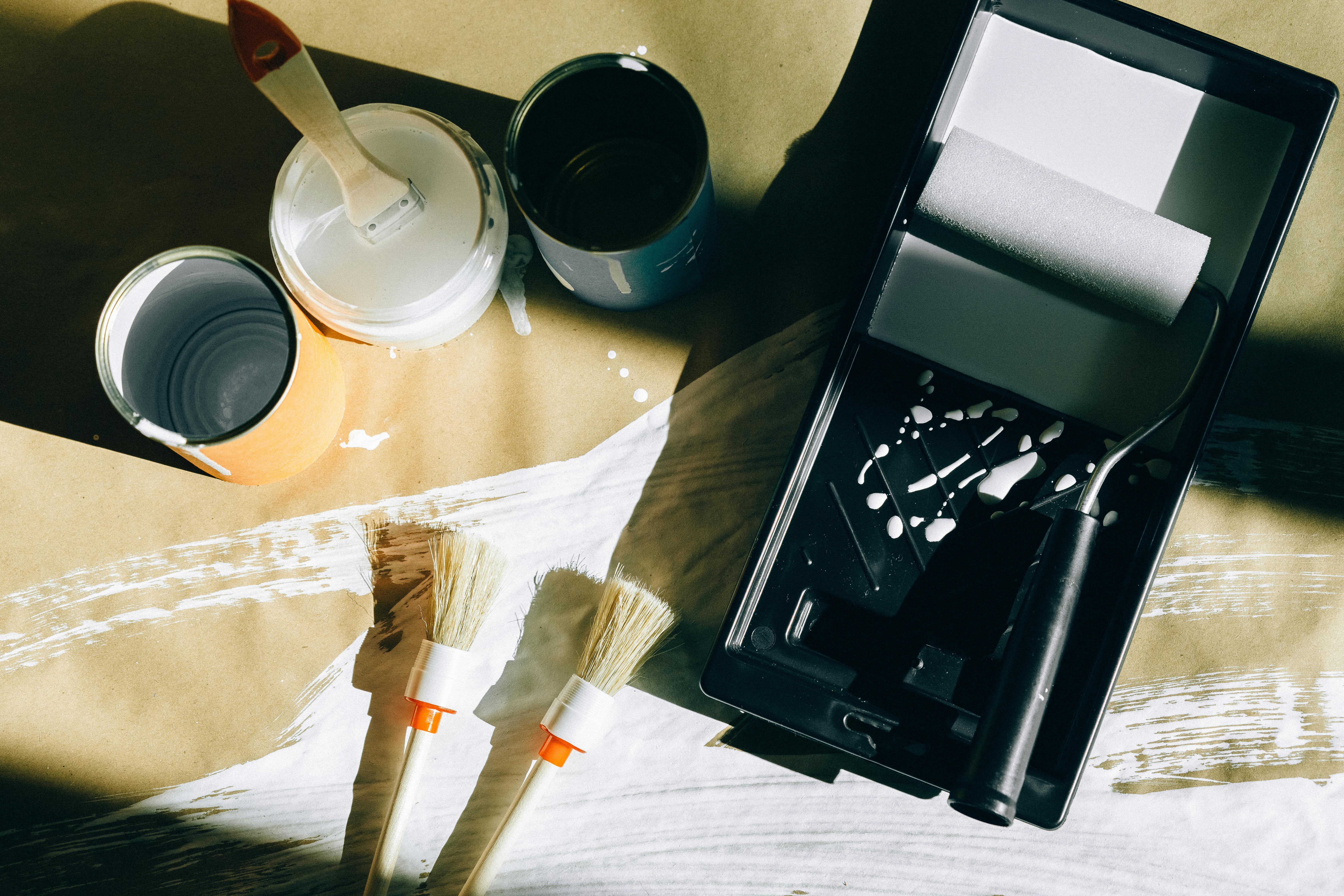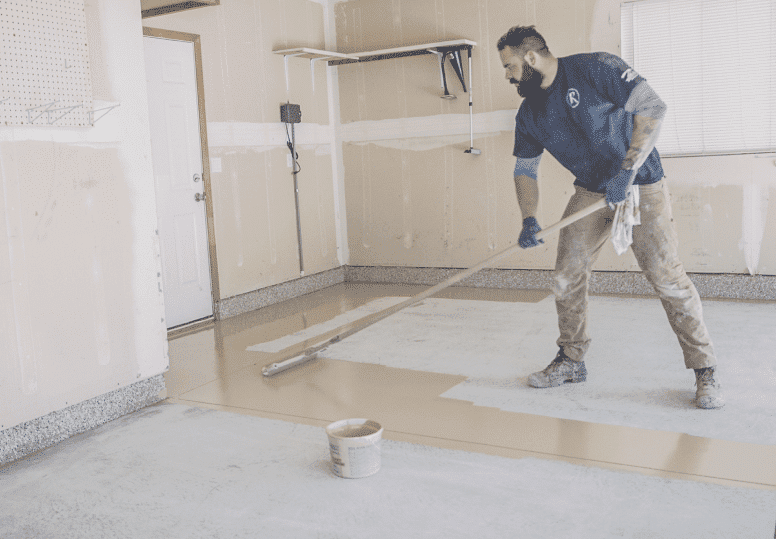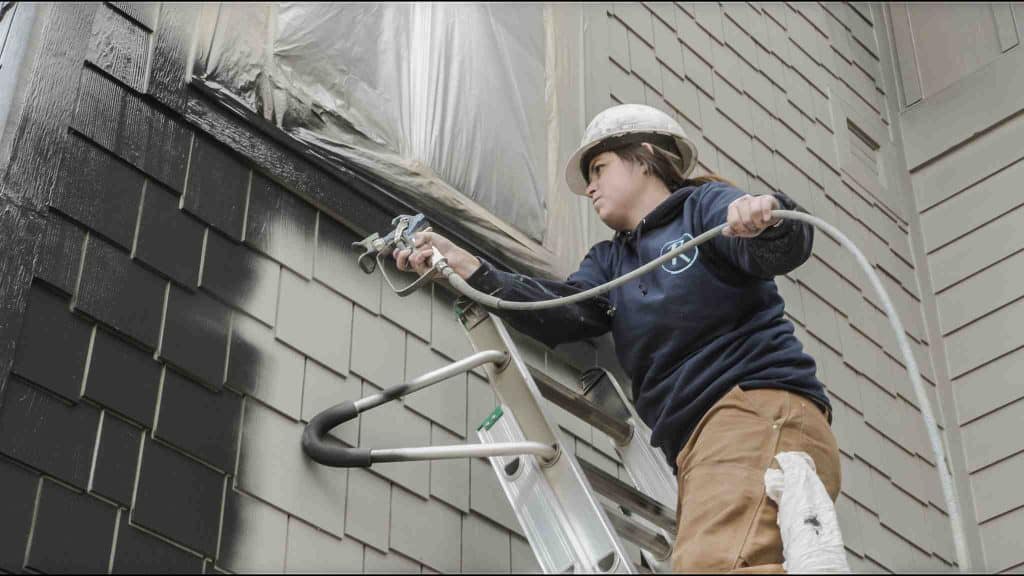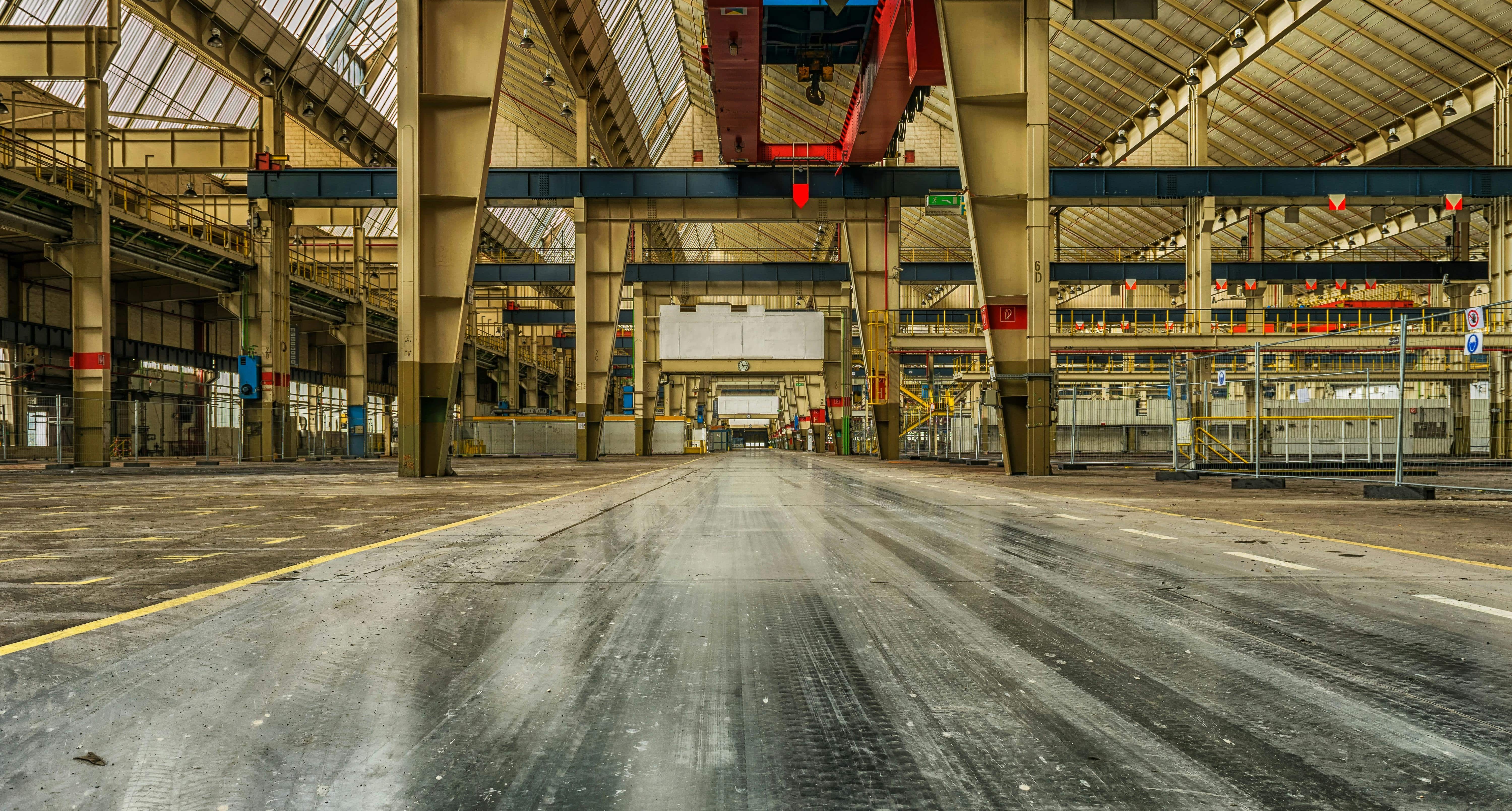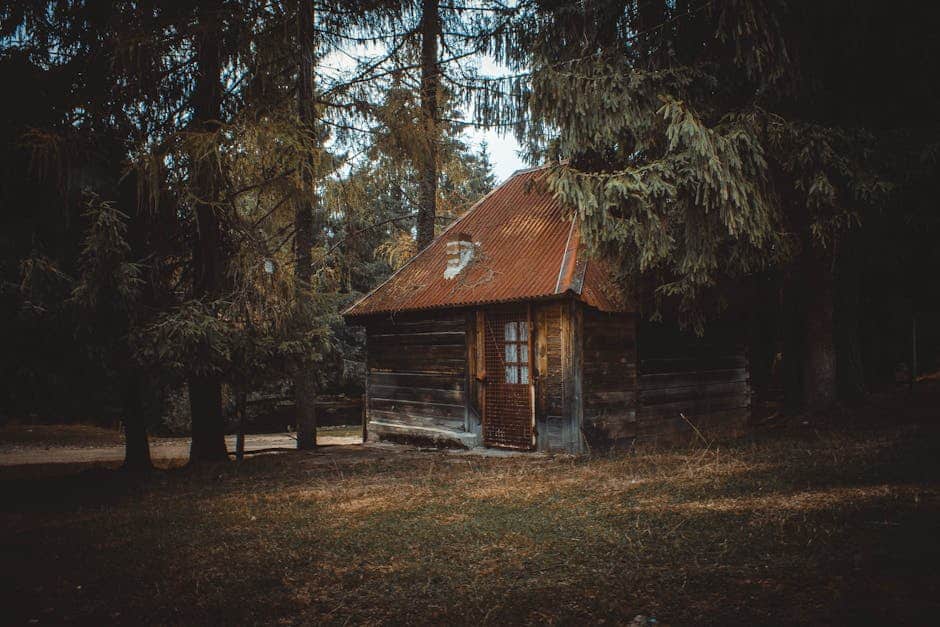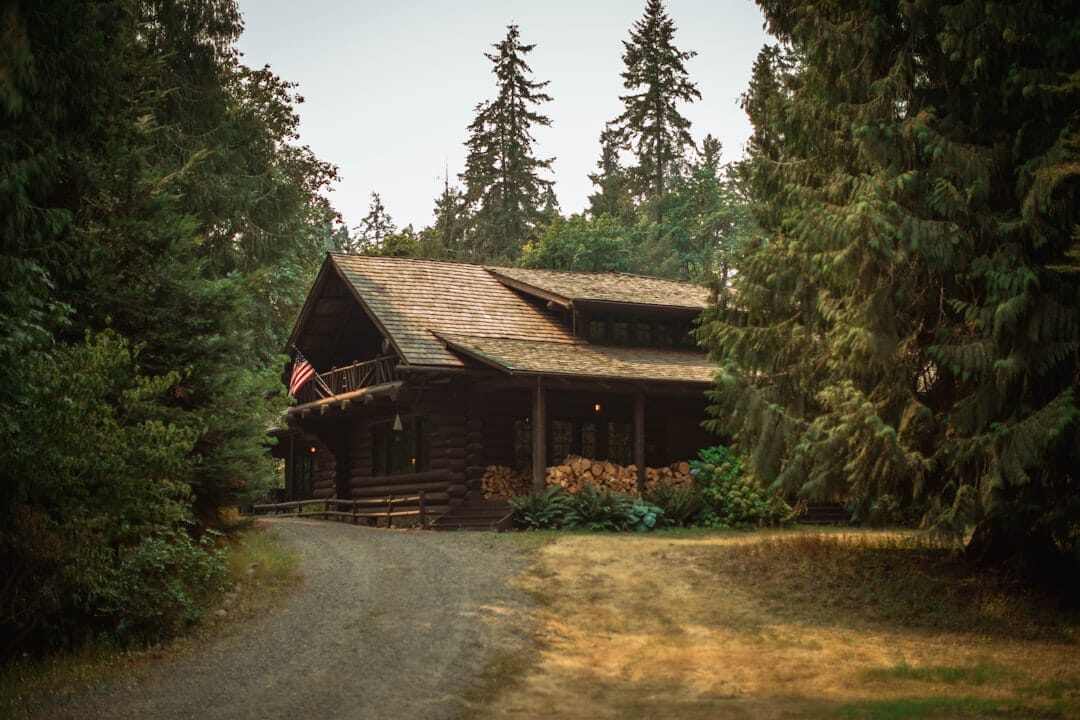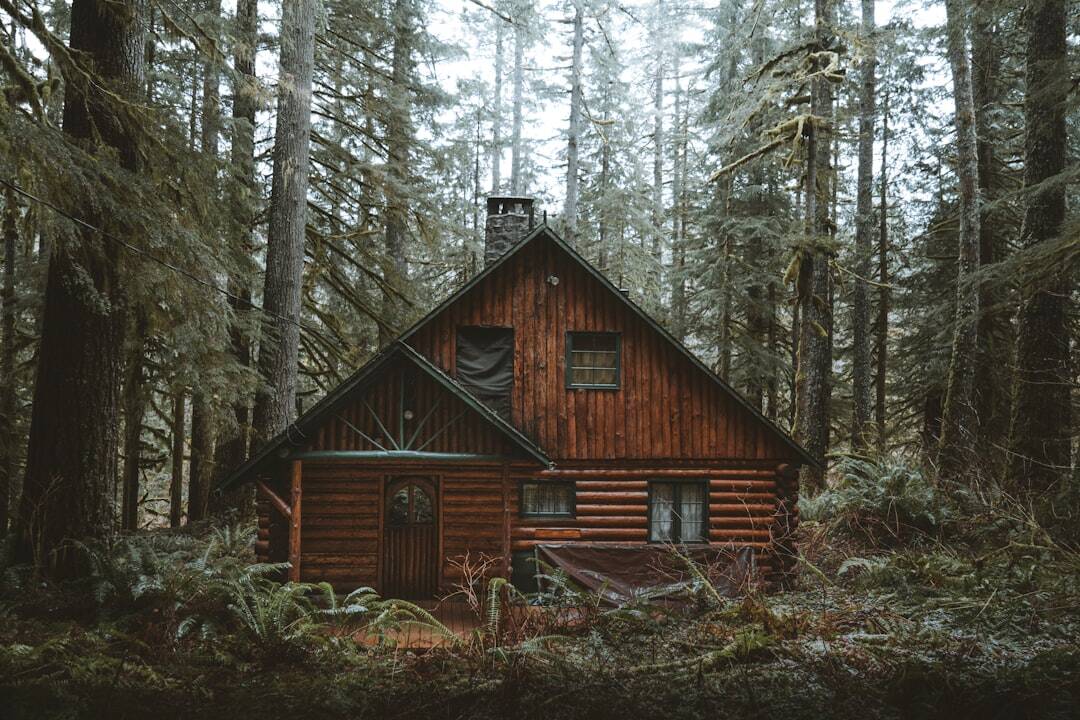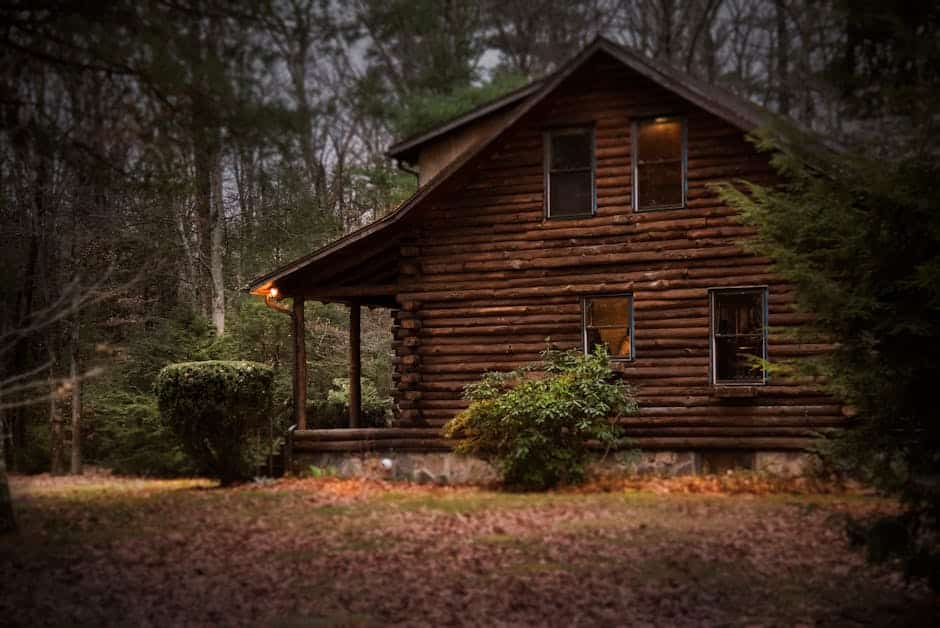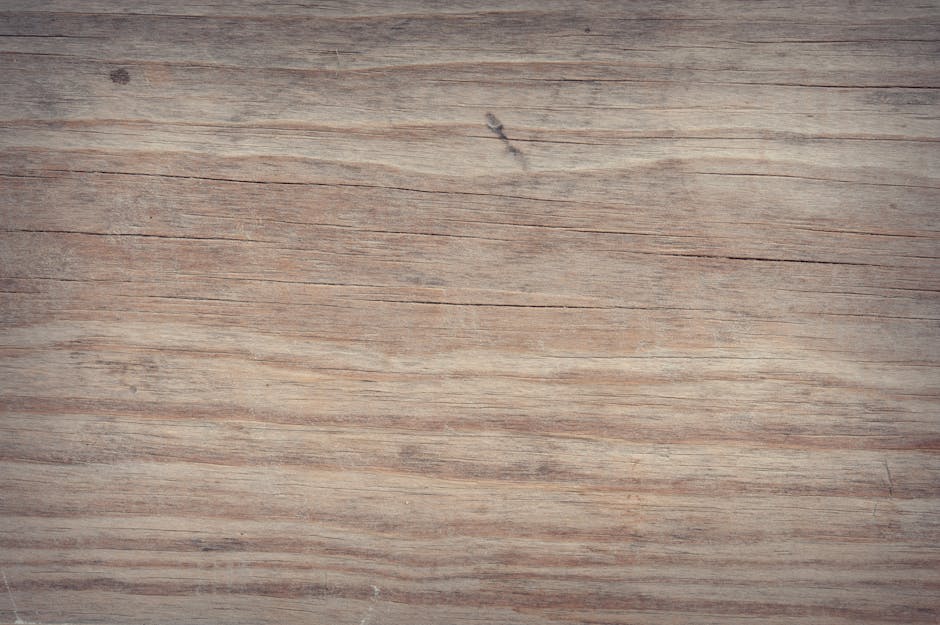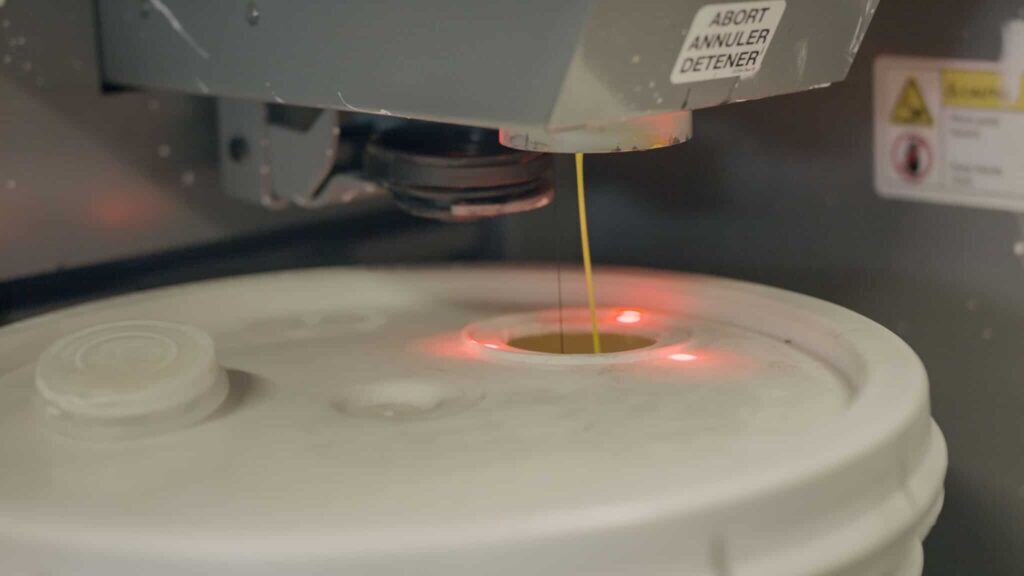
If you’ve done any research into interior paints, you may have come across something called alkyd paint — often labeled as “oil-based.” Long favored by old-school painters for its durability and finish quality, alkyd paint has become much harder to find in the residential world.
At Roe Painting, we’ve worked with nearly every type of coating out there — and we know where alkyd paint shines, where it’s fallen out of favor, and what products deliver similar results today without the downsides.
In this article, we’ll walk you through what alkyd paint is, how it works, when it used to be the go-to, and what alternatives we use today for that same pro-grade durability — with easier cleanup and better environmental impact.
What Is Alkyd Paint? And Why Was It So Popular?
Alkyd paint is considered an “old school” coating, and for good reason. It dries hard, holds its sheen beautifully, and stands up well in high-traffic areas. For years, it was the go-to choice for trim, doors, cabinetry, and other surfaces that needed to be durable and easy to clean.
While commonly referred to as “oil-based,” alkyd paint doesn’t actually contain natural oil. It’s made with synthetic resins (alkyds), mineral spirits or alcohol-based thinners, and pigment.
How Paint is Constructed
Most paints are made of three ingredients:
- Thinner – controls flow and drying time
- Binder – helps the paint stick and form a durable surface
- Pigment – provides color
Here’s how that breaks down:
- Latex paint: water (thinner), latex resin (binder), acrylic pigment
- Acrylic paint: synthetic chemicals for both thinner and binder
- Alkyd paint: mineral spirits or alcohol (thinner), synthetic resin (binder)
Where Alkyd Paint Used to Excel
Alkyd paint earned its reputation for durability and finish quality, especially in high-touch, high-traffic areas. It dries slowly but hard, creating a smooth, enamel-like finish that resists scuffing, moisture, and repeated cleaning.
Common applications included:
- Interior trim and baseboards – where nicks, dents, and dirt are frequent
- Kitchen and bathroom walls or cabinets – thanks to its moisture resistance
- Doors – especially where a smooth, durable surface was needed
- Furniture and built-ins – when a long-lasting finish was critical
One of alkyd paint’s biggest advantages was its strong adhesion. It could be applied directly over latex paint, previously painted surfaces, or bare wood, often with less surface prep than other products require.
For professional painters, that meant less priming and sanding — and a finish that held up for years.
The Downsides of Alkyd Paint Today
As good as alkyd paint once was, today’s building codes, environmental standards, and homeowner preferences have made it mostly obsolete in residential settings.
Here’s why:
- VOC regulations: Alkyds are solvent-based, which means higher levels of volatile organic compounds (VOCs). Many states and localities now restrict or ban their use indoors.
- Cleanup challenges: Brushes and tools must be cleaned with mineral spirits, not water. Those solvents are flammable and must be properly disposed of — not just rinsed down the drain.
- Odor and ventilation issues: Alkyd paint has a strong smell that lingers, often requiring ventilation for days.
- Mess factor: It tends to spatter more during application, and if you drip it, it's far more difficult to remove from surfaces than latex or hybrid paints.
For homeowners and even many pros, these downsides are just not worth the trade-off, especially when modern water-based paints offer comparable durability with far fewer complications.
The Modern Alternative: Hybrid Alkyd Paints
Here’s the good news: you can still get the performance of alkyd paint — without the headaches.
Paint manufacturers have developed hybrid alkyd paints (sometimes called waterborne alkyds), which combine the classic durability and flow of oil-based paint with water-based cleanup and lower VOCs.
Examples include:
- Advance by Benjamin Moore
- Emerald Urethane Trim Enamel or ProClassic Waterborne Alkyd by Sherwin-Williams
- Other hybrid lines available through Rodda Paint
These newer formulas are ideal for:
- Cabinets
- Trim and doors
- Furniture
- Anywhere you want a smooth, hard, long-lasting finish
What Roe Painting Recommends
At Roe Painting, we’ve worked with traditional alkyds in the past, and now apply modern hybrid alkyds for most of the same applications.
We’re happy to help you decide where these high-performance paints make sense in your home, and how to get the results you’re looking for, without the cleanup issues or compliance concerns of traditional oil-based products.
What's Next? Check out our article on premium paints—are they really worth the cost?
As our founder and CEO, Andy has passed on a legacy of high-quality craftsmanship from his father before him, who was both a firefighter and painter. Since 2000, Andy has grown RoePaint.com to become an industry leader across Idaho and northern Nevada.
Topics:

